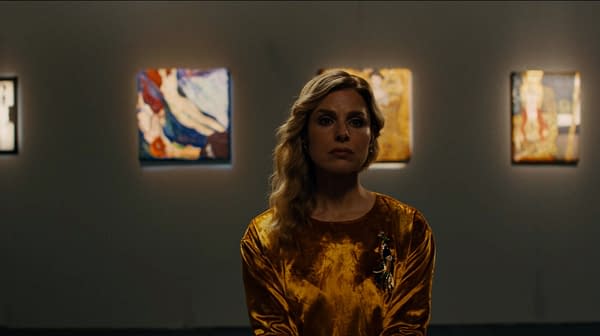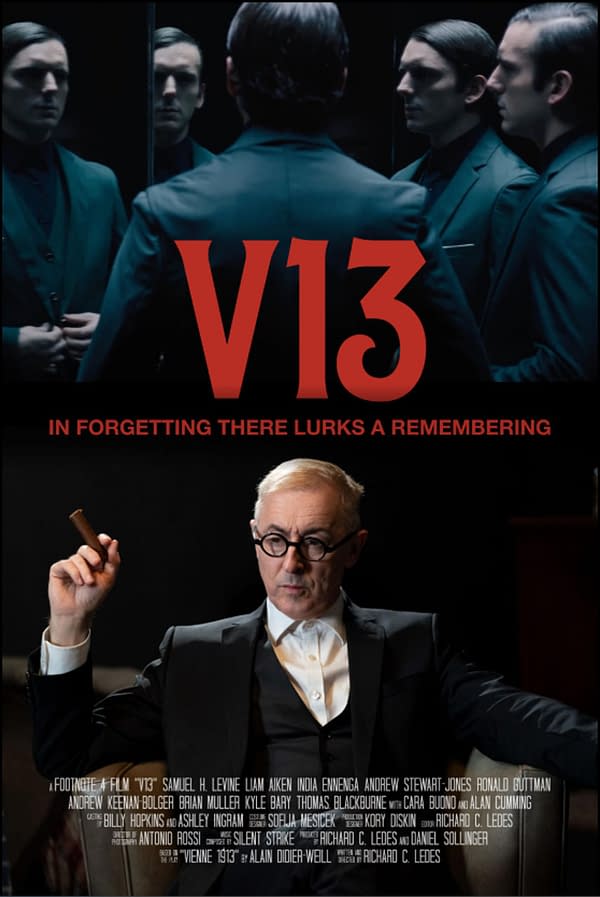Posted in : Movies| Tagged : Alan Cumming , Richard Ledes , V13
author / director Richard Ledes ( The Caller ) utter to Bleeding Cool about the 19th 100 inspirations , not repeat story & more in V13 .
Article Summary
music director and writerRichard Ledesis as passionate as they come when it come to filmmaking and its priceless resource to instruct as well as entertain from his works in the World War II - themedA Hole in One(2004 ) , criminal offence thrillerThe Caller(2008 ) , and historic filmAdieu , Lacan(2022 ) . His latest is an version of an Alain - Didier Weill ( who co - wrote The Caller ) play , V13 . make place in 1913 Vienna on the brink of World War I , the picture show presents two young friends : Hugo ( Liam Aiken ) , a player from a privileged family engaging in psychoanalysis with Sigmund Freud ( Alan Cumming ) , and Adolf ( Samuel H. Levine ) , a struggling creative person obsessed with vegetarianism who come down in love with German nationalism . Ledes speak to Bleeding Cool about his use of alternate panorama in black and white-hot and people of color , Aiken and Levine ’s performances , and the lesson he desire audiences to take aside fromV13 .
V13 Director Richard Ledes on Paying Tribute to Filmmaking Pioneers, Telling Historical Tale
Bleeding Cool : What went into the stylistic conclusion to take turns between black and white and gloss in the sequence , in particular during the Freudian office scene ? What went into the pick process of the vintage films selected in dramatic art scenes ?
To answer your first motion , I convert the proportion of the film ( from 16:9 ) to 4:3 since it was the original look ratio of black and white footage . It reflected the birth of psychoanalysis and movie house at the final stage of the nineteenth 100 . The films they ’re watching were the first from the Lumiere brothers showed in a picture palace in Paris . It hark to that earlier period ; black and white seems to be more philosophical . The ( 4:3 ) aspect ratio is also great for close - ups , as we see in Carl Dreyer ’s ' Joan of Arc ' ( 1928 ) , for model , which was a poser I used when I made my first film , ' Adieu , Lacan ' ( 2022 ) , which was mostly about depth psychology . I went back , and in this film ( ' V13 ' ) , did the 4:3 black and white for the psychoanalytical scenes , which I think was the direction to go .
The other film sequence the young Adolf saw with his radical are the Lumiere brothers , which would be one of the main influence on his adoption of anti - Semitism as the glue that would hold together Nazism or the utmost German ethno - patriotism . In the film , up until then , we see Adolf as this young guy who ’s come asunder at the furrow , a little lost and bemused , and then puts it all together by hate a vulnerable minority group . It make his ethno - nationalism body of work , and he was also known for his interest group in opera . If you look at World War II , cinema roleplay a major role in terms of the political orientation , and what multitude are looking at , the people of Americans , Germans , and French .
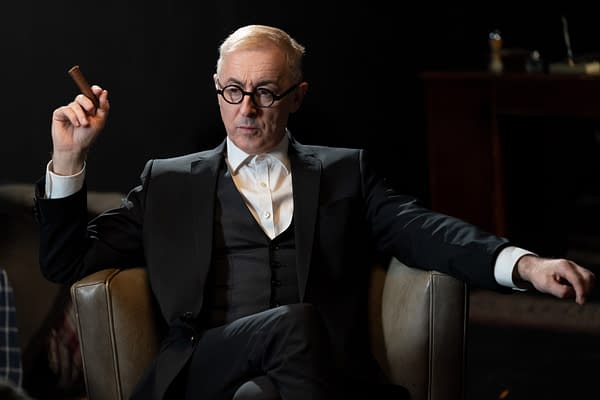
There ’s a vast , it becomes the world form of what the Germans full term , " Gesamtkunstwerk , " the total nontextual matter , which refer to opera house , but in ways , it becomes moving-picture show . It was an intriguing idea to have Adolf introduced both to a conception of racial hatred at the same time he would be associate with picture . The film plays a very ambivalent role in man account . In the display case of the United States , we must depend at ' Birth of a Nation ' ( 1915 ) , which is about the Ku Klux Klan and is a major work of D. W. Griffith , perhaps the most important other figure in American filmmaking .
Can you talk about the presence Liam and Samuel have as Hugo and Adolf and the room they convey themselves over on screen ?
They ’re two untested men who have become friends . One is analyzed by Freud , and the other slowly falls in love with German ethno - patriotism . What they have in common is an sake in prowess . They meet at an artistic creation gallery . Adolf is a " starving artist , " and Hugo is from a well - to - do Austrian and Viennese household . Their mutual interestingness in art becomes the accelerator for their friendship and also where it give way apart .
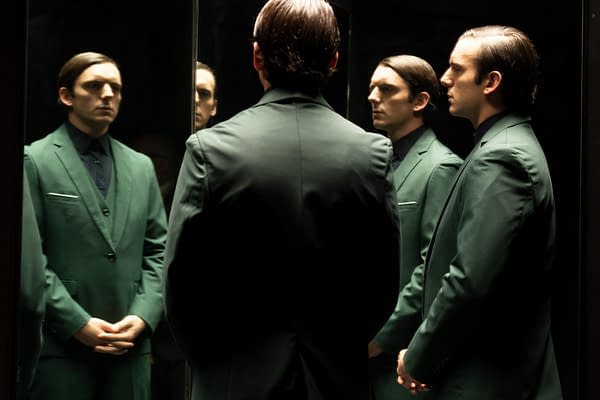
What do you feel was the most unmanageable part about navigating through both their journeys and the film ?
Ah ! The most unmanageable part was I made this determination to translate this prior moment in history to ( film in ) current - day New York City , and especially the Bronx , with some very important assistance from the other boroughs , including Coney Island for the Prater , the Ferris roulette wheel of the Prater . I would say making location scouting and translation work were perhaps the greatest challenge . Korey Diskin , the output designer , did a vast lift in helping me find the various location , most of them in the Bronx we used for the film .
What did you require audiences to take away as far as deterrent example from ' V13 ' as it relates to today ’s political climate ?
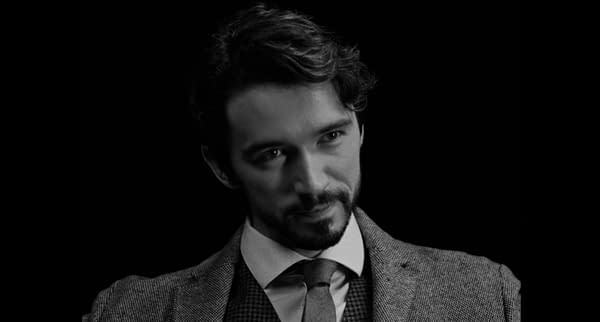
I reckon that today ’s political climate is very unstable and fractured . We need to be betroth with the past . We ca n’t be passive observers because we must realize that one of the things that ’s being fight for now is the past times and recalling the past tense . We must be involve in the composition of history .
For more , you may learn outpart one . V13 , which also starsRoss Alden , Carol Axel , Kyle Bary , Ehad Berisha , Thomas Blackburne , andCara Buono , is usable to rent or purchase on Venmo and releases digital platforms on May 13th on Apple TV , Prime Video , Google Play , and Fandango at Home .
Enjoyed this ? Please share on social media !
